
Surgery is essential part of modern medicine since it canhelp with conditions that cannot be treated in other ways. However, surgery cariescertain risks whether it is plastic, abdominal or any other surgery.
Anesthesia
There is a local and general anesthesia. Local anesthesia isapplied in minor procedures. General anesthesia includes drugs that that inducedeep sleep hence ignorance of pain but it is also necessary for patient toavoid trauma and to prevent his uncontrolled motion during the procedure. Anesthesiologist administers anesthesia andinserts the tube for undisturbed respiration of patient.
Since general anesthesia can lead to stop of breathing andheart beating it needs to be carefully monitored during surgery.
Hemorrhage
Cutting during surgery results in bleeding which can bestopped with hemostatic clamps or cauterization instruments. Massive blood losscan occur by the end of surgical procedure, especially if it is a longerprocedure. Blood transfusion is necessary before surgery for patients withanemia.
Risks Connected to Cardiovascular System
Before surgical procedure patient has to undergo certainevaluation of cardiovascular risk factors since there is a possibility of cardiacarrest and heart failure during operation. This can happen postoperatively aswell. In some cases there is a higher cardiac risk connected to health problemthat requires surgery.
Lesions
After the surgical procedure every lesion external orinternal has to cure. Sutures can be used to keep closed larger wounds and somepain killers can be given to patient to deal with this process. Scars can beremoved by cosmetic surgery, but all in all they cannot be avoided.
Infections
Even with all safety measures infections can occur inhospital, especially infections of surgical wounds.
Pulmonary risks
With postoperative patients there is a risk of forming ablood clot in the leg that can come off and stuck lung circulation i.e.pulmonary embolism. If blood is hypercoagulable and tends to form clots riskcan be decreased by administration of blood-thinning medications.
Additionally, in postoperative phase patients can havedifficulties with breathing and feel weak. Lungs may collapse as well. To helpwith the problem incentive spirometry can be used. It helps patients to breath.Other may need to be on a ventilator if they can’t breathe on their own.
In the end, all of the surgical risks are minimal but thesurgery shouldn’t be taken lightly. On the other hand benefits of surgicaltreatment shouldn’t be disregard because of the risks. Benefits and risksshould be properly outweighed and discussed between patients and doctors.





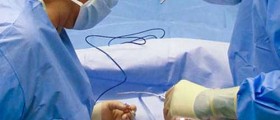

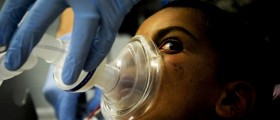

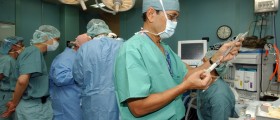
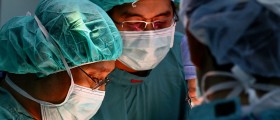
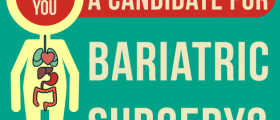
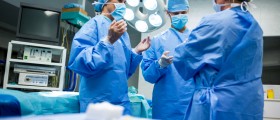



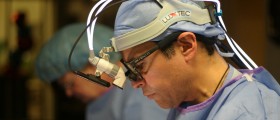
Your thoughts on this
Loading...